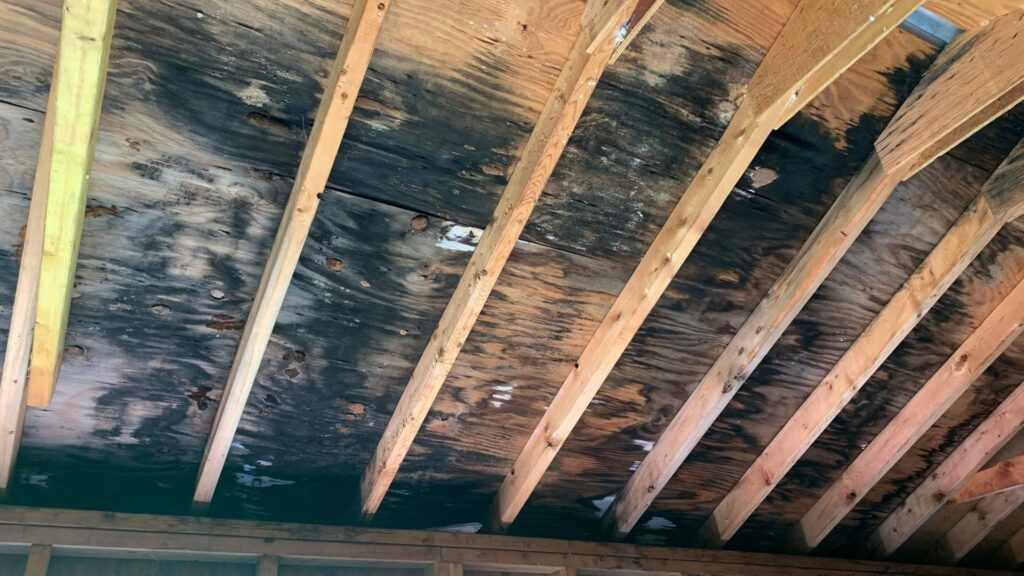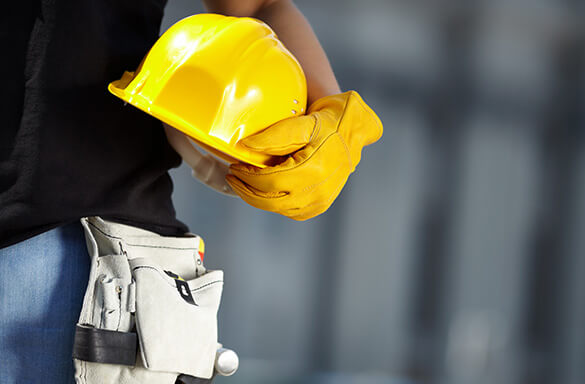
In today’s dynamic and competitive business landscape, making informed decisions is the cornerstone of success. Companies are inundated with an overwhelming amount of data generated from various sources, ranging from customer interactions and market trends to operational processes. Harnessing this data goldmine requires more than just collecting information—it demands a strategic approach facilitated by business analytics.
Business analytics is the systematic exploration of an organization’s data to derive actionable insights, enabling data-driven decision-making. It involves the use of statistical analysis, predictive modeling, data mining, and other analytical techniques to uncover patterns, trends, and correlations. In this article, we will delve into the significance of business analytics and its pivotal role in fostering informed decision-making within enterprises.
Understanding Business Analytics
To comprehend the essence of business analytics, it’s crucial to differentiate between descriptive, predictive, and prescriptive analytics. Descriptive analytics involves analyzing past data to gain insights into what has happened. Predictive analytics employs statistical models to forecast future outcomes based on historical data patterns. Prescriptive analytics takes it a step further by recommending actions to achieve desired outcomes. Together, these analytics methodologies form the backbone of informed decision-making.
Enhanced Operational Efficiency
Business analytics enables organizations to optimize their operations. By analyzing operational data, companies can identify inefficiencies, streamline processes, and allocate resources effectively. For instance, using analytics tools to analyze supply chain data can help in inventory management, reducing wastage, and ensuring timely deliveries, thereby enhancing overall efficiency.
Customer-Centric Approaches
Understanding customer behavior is crucial for any business. Business analytics empowers organizations to gain profound insights into customer preferences, purchasing patterns, and satisfaction levels. By analyzing customer data, companies can personalize marketing strategies, improve products or services, and enhance the overall customer experience. This leads to increased customer retention and loyalty, ultimately boosting profitability.
Strategic Decision-Making
Data-driven decision-making is pivotal for formulating effective strategies. Business analytics provides decision-makers with comprehensive insights derived from data analysis. This assists in identifying market trends, assessing risks, and seizing opportunities. Executives can make strategic choices backed by data, minimizing uncertainty and increasing the likelihood of success.
Risk Mitigation and Forecasting
Businesses operate in an environment rife with uncertainties and risks. Business analytics facilitates risk assessment by analyzing historical data, market trends, and other relevant factors. By identifying potential risks beforehand, organizations can take proactive measures to mitigate them, thereby safeguarding their interests. Additionally, predictive analytics aids in forecasting future trends and potential risks, allowing companies to adapt and strategize accordingly.
Continuous Improvement
Business analytics is not a one-time activity; it’s an ongoing process of continuous improvement. By analyzing data regularly, companies can track the effectiveness of implemented strategies and initiatives. This iterative approach enables organizations to adapt swiftly to changing market dynamics and refine their decision-making processes continually.
Challenges and Ethical Considerations
While business analytics offers immense potential, it comes with its set of challenges. Issues like data security, privacy concerns, and biases in data analysis need to be addressed diligently. Moreover, ethical considerations regarding the collection and use of data are crucial to maintain trust and transparency with stakeholders.
Conclusion
In conclusion, the importance of business analytics for data driven decision making cannot be overstated. In today’s data-centric world, leveraging the power of analytics is imperative for businesses aiming to gain a competitive edge. By harnessing insights derived from data analysis, organizations can optimize operations, enhance customer experiences, make informed strategic decisions, and mitigate risks.
However, successful implementation of business analytics requires a holistic approach encompassing technological infrastructure, skilled professionals, and a robust framework for data governance. By overcoming challenges and embracing the potential of analytics, businesses can unlock new opportunities and propel themselves towards sustained growth and success in an increasingly data-driven business landscape.








